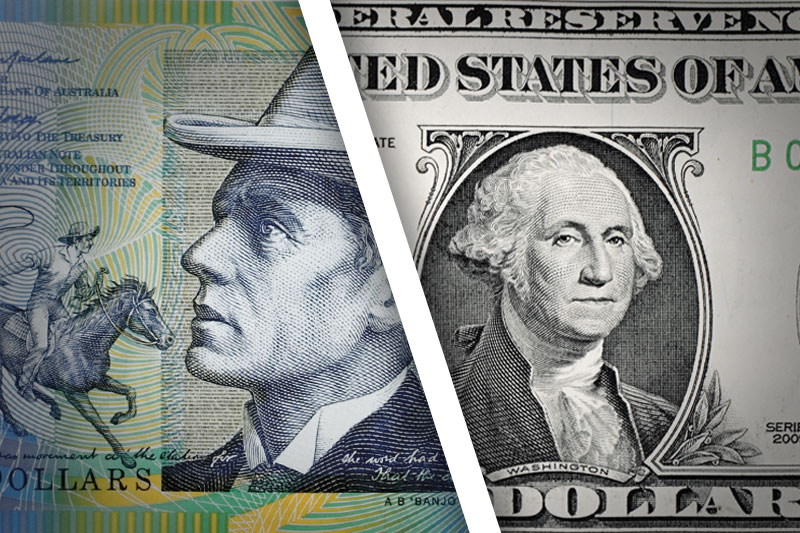Investing.com – The Australian dollar rallied against its U.S. rival during Monday’s Asian following the release of some stronger-than-expected Chinese economic data.
In Asian trading Monday, AUD/USD climbed 0.47% to 0.8947. The pair is likely to find support at 0.8846, the low from August 5 and resistance at 0.8977, Thursday’s high. The Aussie finished higher against the greenback last Friday, but lost 1.35% against its American counterpart last week.
In a report, China Logistics Information Center said that Chinese Manufacturing PMI rose to 51 last month from 50.3 in July. Economists expected an August reading of 50.6. The HSBC flash reading was just 50.1. Readings above 50 indicate expansion.
Positive news out of the world’s second-largest economy is crucial to the fortunes of the Aussie because China is Australia’s largest export market. The Aussie has been one of the weakest G10 currencies this year because of slack commodities demand, attributable in large part to the slowing Chinese economy.
Earlier Monday, the Australian Bureau of Statistics said that Australian building approvals rose 10.8% last week following a 6.3% drop in the previous week. The prior week’s figure was revised up from a drop of 6.9%. Analysts expected an increase of 4%.
In another report, the Australian Bureau of Statistics said that Australian gross operating profits fell 0.8% in the second quarter after rising 3.5% in the first quarter. Analysts expected a second-quarter decline of 0.7%.
The outcome of Tuesday’s Reserve Bank of Australia policy meeting will also be in focus. On August 6, the RBA lowered its benchmark interest rate to a record low 2.5%.
Elsewhere, AUD/JPY surged 0.87% to 88.15 after the Ministry of Finance said that Japanese capital spending was 0% in the second quarter following a first-quarter contraction of 3.9%. Economists expected a second-quarter contraction of 2.6%.
AUD/NZD inched down 0.03% to 1.1523.
In Asian trading Monday, AUD/USD climbed 0.47% to 0.8947. The pair is likely to find support at 0.8846, the low from August 5 and resistance at 0.8977, Thursday’s high. The Aussie finished higher against the greenback last Friday, but lost 1.35% against its American counterpart last week.
In a report, China Logistics Information Center said that Chinese Manufacturing PMI rose to 51 last month from 50.3 in July. Economists expected an August reading of 50.6. The HSBC flash reading was just 50.1. Readings above 50 indicate expansion.
Positive news out of the world’s second-largest economy is crucial to the fortunes of the Aussie because China is Australia’s largest export market. The Aussie has been one of the weakest G10 currencies this year because of slack commodities demand, attributable in large part to the slowing Chinese economy.
Earlier Monday, the Australian Bureau of Statistics said that Australian building approvals rose 10.8% last week following a 6.3% drop in the previous week. The prior week’s figure was revised up from a drop of 6.9%. Analysts expected an increase of 4%.
In another report, the Australian Bureau of Statistics said that Australian gross operating profits fell 0.8% in the second quarter after rising 3.5% in the first quarter. Analysts expected a second-quarter decline of 0.7%.
The outcome of Tuesday’s Reserve Bank of Australia policy meeting will also be in focus. On August 6, the RBA lowered its benchmark interest rate to a record low 2.5%.
Elsewhere, AUD/JPY surged 0.87% to 88.15 after the Ministry of Finance said that Japanese capital spending was 0% in the second quarter following a first-quarter contraction of 3.9%. Economists expected a second-quarter contraction of 2.6%.
AUD/NZD inched down 0.03% to 1.1523.
